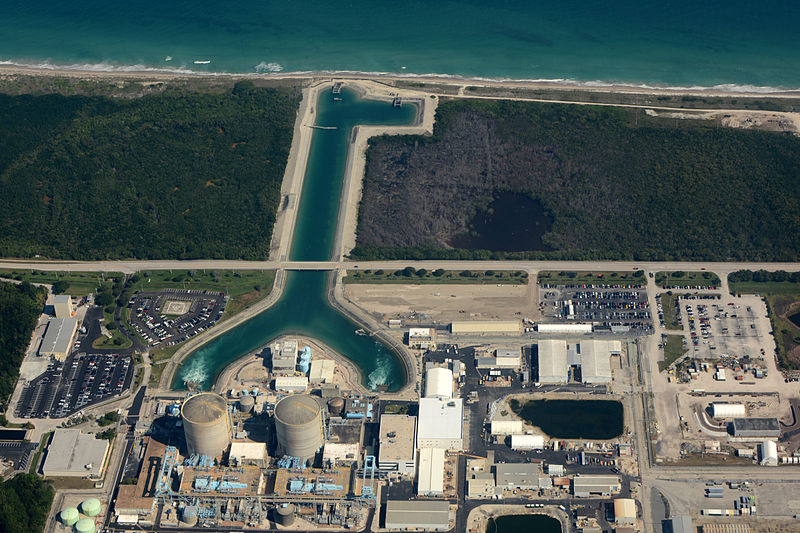Vattenfall’s Christopher Eckerberg (left) and Aziz Dag of Westinghouse Electric Sweden AB sign the agreement for decommissioning of large radioactive components at Sweden’s Ringhals-1 and -2. (Photo: Vattenfall/John Guthed)
Westinghouse will segment and dispose of the reactor internals and pressure vessels at Sweden’s Ringhals-1 and Ringhals-2 under a deal announced last week with plant owner Vattenfall. Unit 2, a pressurized water reactor, and Unit 1, a boiling water reactor, were shut down in 2019 and 2020, respectively, after operating for more than 40 years.
A new facility being built at the Advanced Photon Source will allow research into irradiated materials.
This rendering shows the Activated Materials Laboratory (AML), to be constructed as part of the Advanced Photon Source upgrade that includes the High-Energy X-ray Microscope (HEXM) and the In Situ Nanoprobe (ISN). This new facility will simplify the process of researching nuclear materials.
(Image: Argonne National Laboratory)
The lack of a specialized laboratory at Argonne National Laboratory’s Advanced Photon Source (APS) has slowed efforts to study irradiated materials at the facility. Things will change soon, however, with the addition of the new Activated Materials Laboratory that is planned to be built and operational by 2024.
Nine Mile Point (Photo: Constellation Energy)
Exelon Generation has received a grant from the Department of Energy to explore the potential benefits of on-site hydrogen production and has chosen its Nine Mile Point nuclear power plant as the demonstration site, the company announced on Wednesday. (In 2019, Exelon received a conditional commitment from the DOE to co-fund a hydrogen electrolyzer demonstration at a nuclear plant.) Located in Scriba, N.Y., Nine Mile Point consists of two boiling water reactors—the 620-MWe Unit 1 and the 1,287-MWe Unit 2.
Hanford workers fit sections of double-walled pipe in place, connecting the site’s tank farms to the Waste Treatment and Immobilization Plant. (Screen shot: WRPS/YouTube)
The Department of Energy is celebrating a major milestone in its tank waste mission at the Hanford Site near Richland, Wash. DOE tank operations contractor Washington River Protection Solutions has finished construction of the pipeline that will carry treated waste from an underground tank to the Waste Treatment and Immobilization Plant (WTP) for vitrification.
The EBR-II sodium fast reactor at Idaho National Laboratory began operations in 1964 and generated electricity for decades. Soon it will serve as a National Reactor Innovation Center test bed for future advanced reactor demonstrations. (Source: ANL)
At the box office or streaming at home, it’s fear, not truth, that sells. The laws of physics are swept aside, apocalypse is inevitable, and superpowered heroes wait until the last possible second to save the universe. It can make for great entertainment, but in the real world we need to stick with science over science fiction and be wowed by engineering, not special effects.
The truth is, science and innovation are incredible in their own right. From communications and machine learning to space travel and medical advances, technology is evolving in hyperdrive to solve real problems. With climate change and global warming here on earth, we don’t have to go looking for trouble in a galaxy far, far away.
A screenshot of Illinois legislators before session from an August 17 video of the Chicago Tonight television program. (Source: YouTube)
Yesterday, a television news program, Chicago Tonight, shined the spotlight on the financial troubles and potential shutdown of two of Illinois’s six nuclear power plants. The host of the show introduced the issue by stating, “Illinois lawmakers may be back in Springfield [the state’s capital] soon for a second extra session [to] strike a deal on a massive energy package.” Readers of Nuclear News might be thinking, “It’s about time!”
A still image from a three-part video tour of NuScale’s facilities. (Photos: NuScale Power)
NuScale Power has signed a memorandum of understanding with Xcel Energy to explore the feasibility of the utility’s serving as a plant operator at NuScale plants, the Portland, Ore.-based small modular reactor developer announced earlier this week.
Xcel owns and, through subsidiary Northern States Power Company, operates Minnesota’s two nuclear plants, Monticello and Prairie Island. The Monticello facility houses one 671-MWe boiling water reactor, while Prairie Island has twin 550-MWe pressurized water reactors.
A color-enhanced photograph of the NIF target bay. (Photo: LLNL/Damien Jemison)
Lawrence Livermore National Laboratory is celebrating the yield from an experiment at the National Ignition Facility (NIF) of more than 1.3 megajoules of energy—eight times more than the yield from experiments conducted this spring and 25 times more than NIF’s 2018 record yield.
The magnet system of Wendelstein 7-X features 50 superconducting magnet coils. (Graphic: IPP)
The Max Planck Institute for Plasma Physics (IPP) was founded in Garching, Germany, in 1960, the same year that its Wendelstein 1a stellarator began operation. Wendelstein 7-X is now operating at IPP’s site in Greifswald, Germany, and one of the objectives the device was designed to achieve has recently been confirmed, IPP announced on August 12. Analysis by IPP scientists shows that the twisted magnetic coils of the device successfully control plasma energy losses, indicating that stellarator fusion devices could be suitable for power plants, according to a detailed analysis of experimental results published on August 11 in Nature.
St. Lucie nuclear power plant. (Photo: D Ramey Logan)
Florida Power and Light Company, a subsidiary of NextEra Energy, has filed a subsequent license renewal application with the Nuclear Regulatory Commission for the two-unit St. Lucie nuclear power plant, seeking a second 20-year renewal of the reactors’ operating licenses.
(Source: Screen shot from YouTube video)
While it has been known for decades that bacteria known as Geobacter could clean up uranium waste, researchers at Michigan State University recently uncovered the biological mechanism behind the bacteria’s ability to do it.
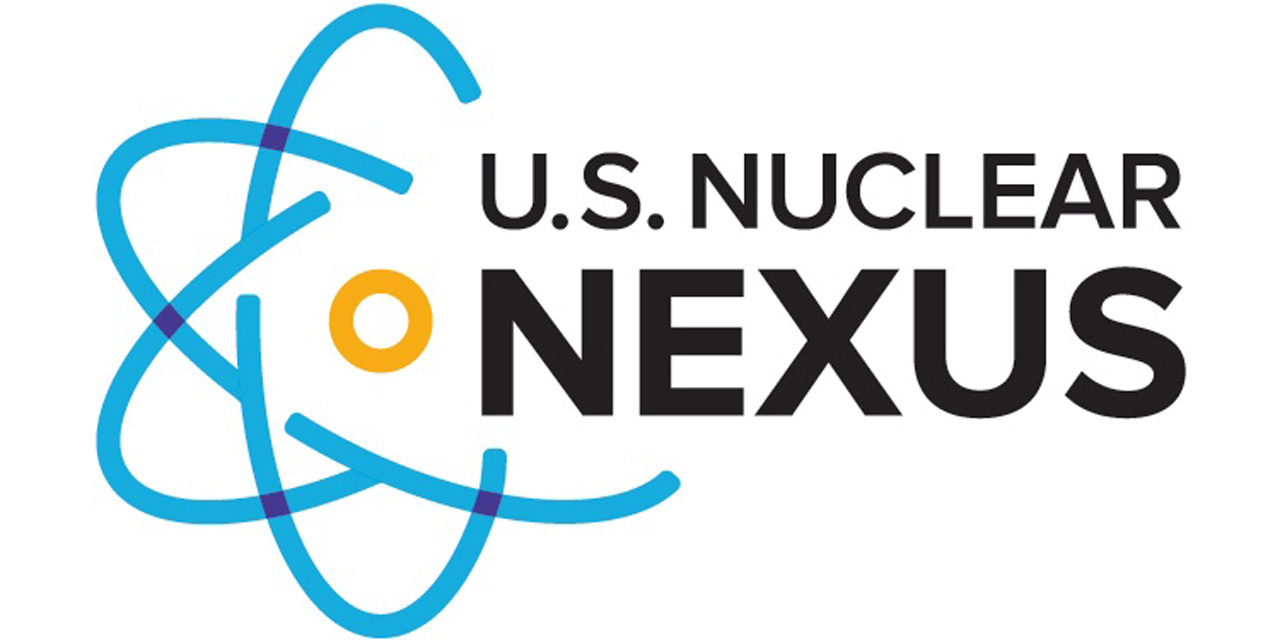


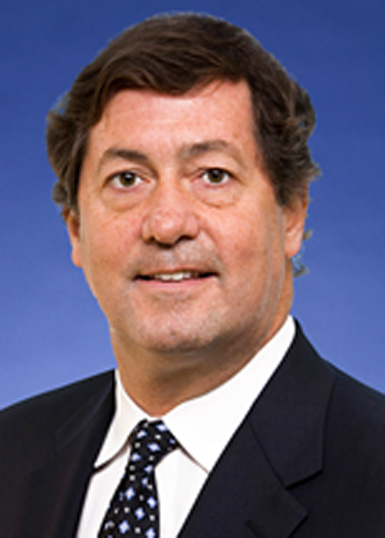
 and Aziz Dag of Westinghouse Electric Sweden AB.jpg)
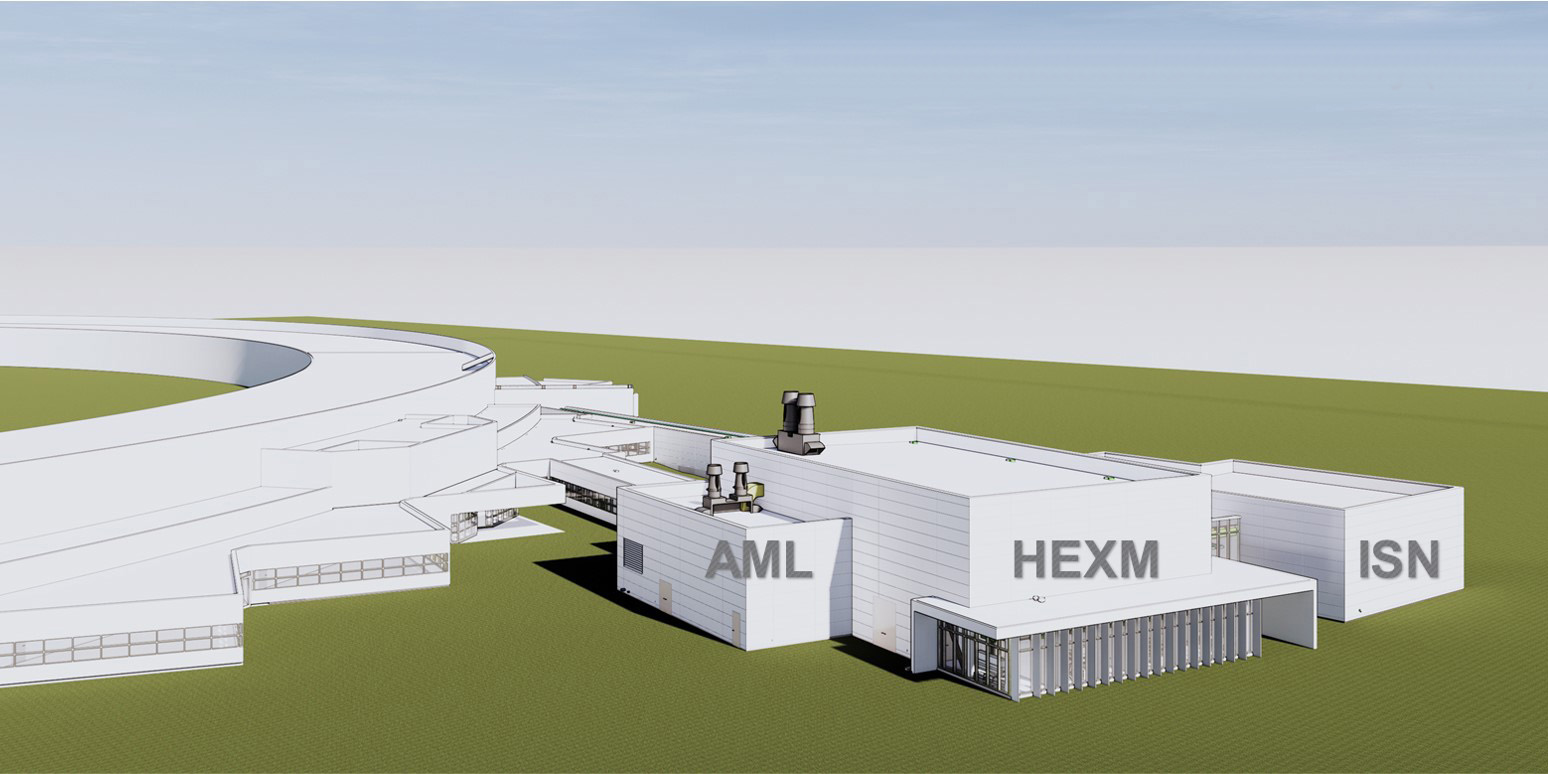
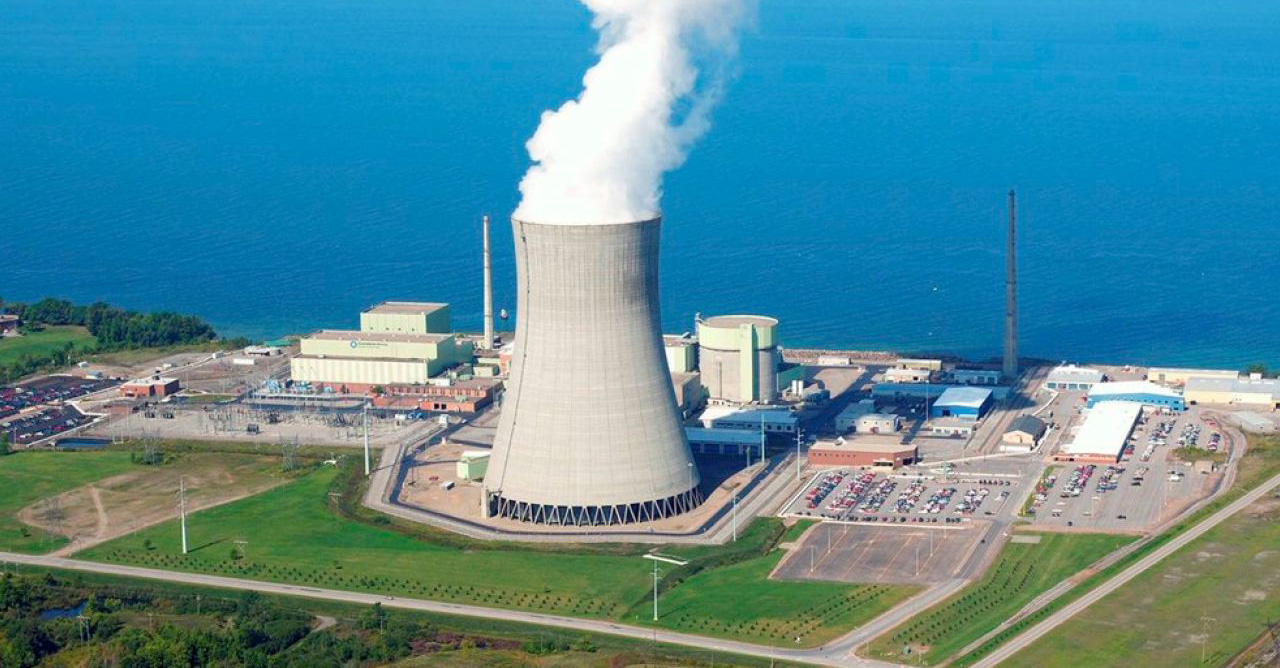
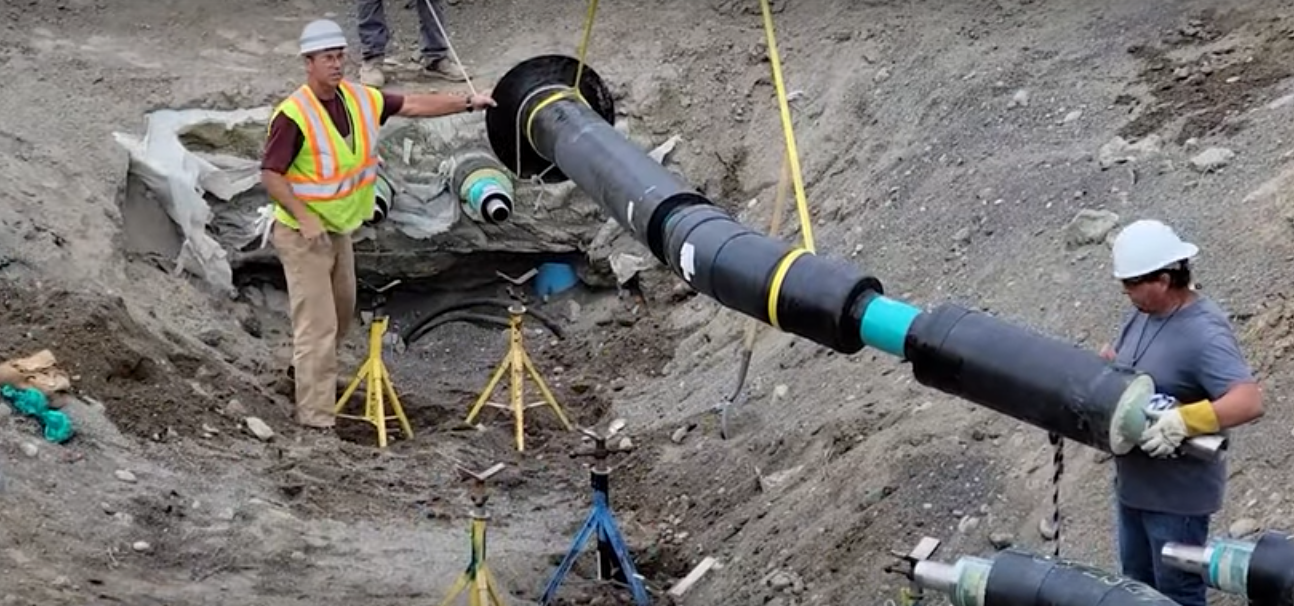
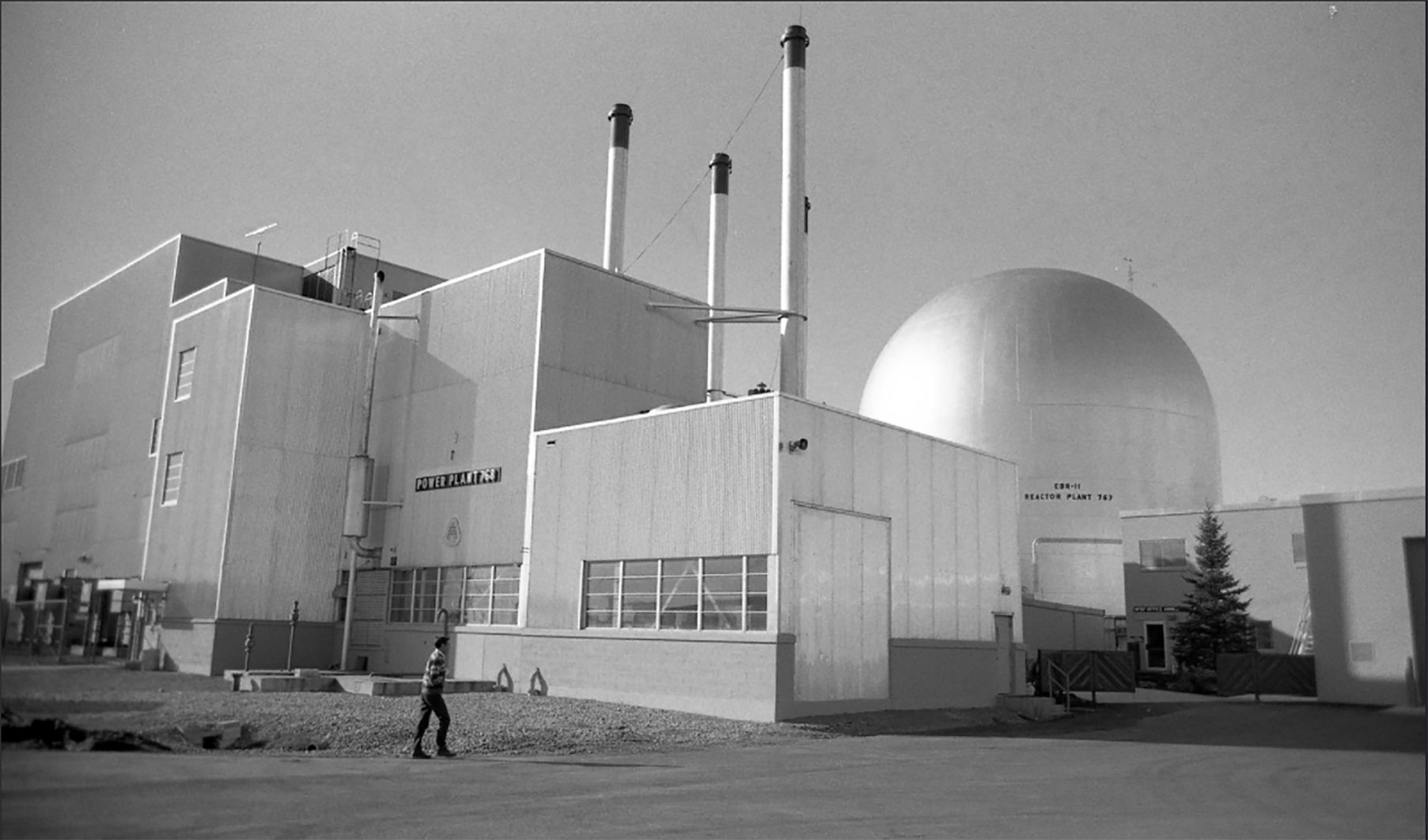
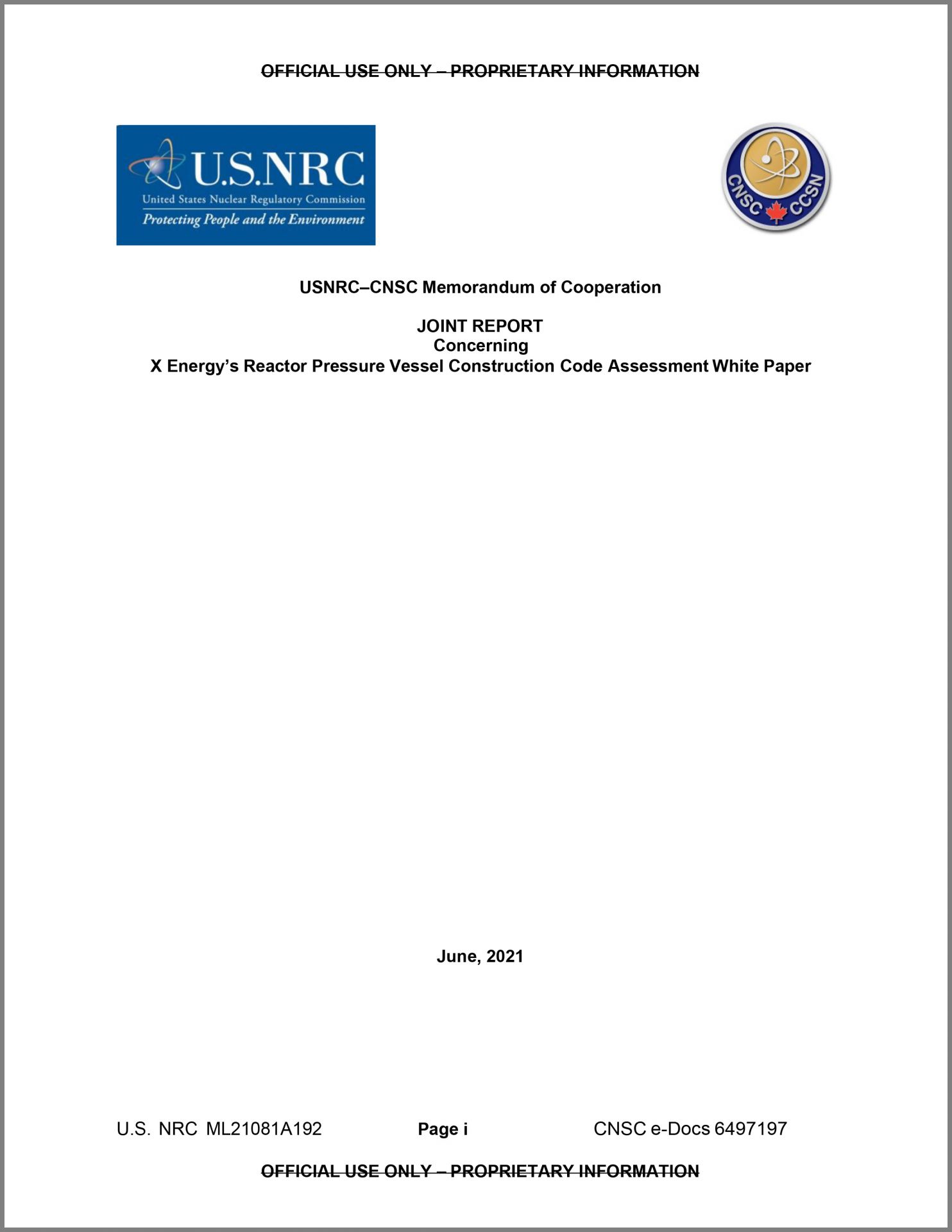 The Canadian Nuclear Safety Commission and the U.S. Nuclear Regulatory Commission have completed the first collaborative project under a two-year-old memorandum of cooperation (MOC) aimed at enhancing technical reviews of advanced reactor and small modular reactor technologies, the CNSC announced earlier this week.
The Canadian Nuclear Safety Commission and the U.S. Nuclear Regulatory Commission have completed the first collaborative project under a two-year-old memorandum of cooperation (MOC) aimed at enhancing technical reviews of advanced reactor and small modular reactor technologies, the CNSC announced earlier this week.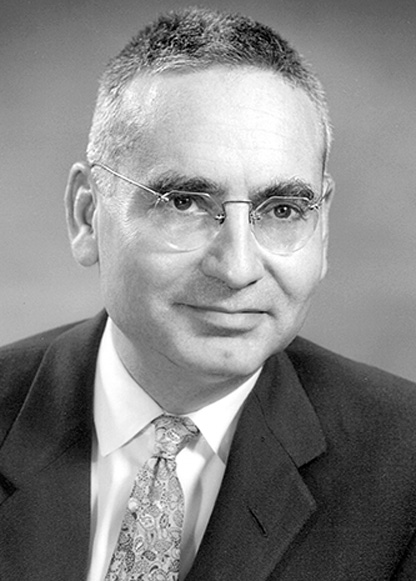
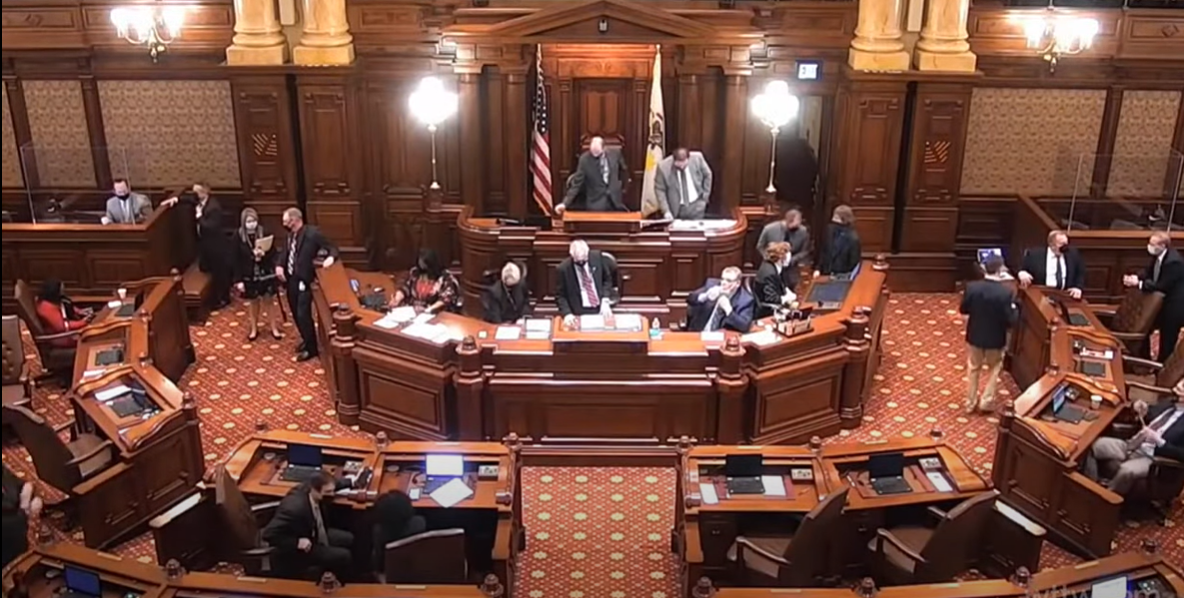
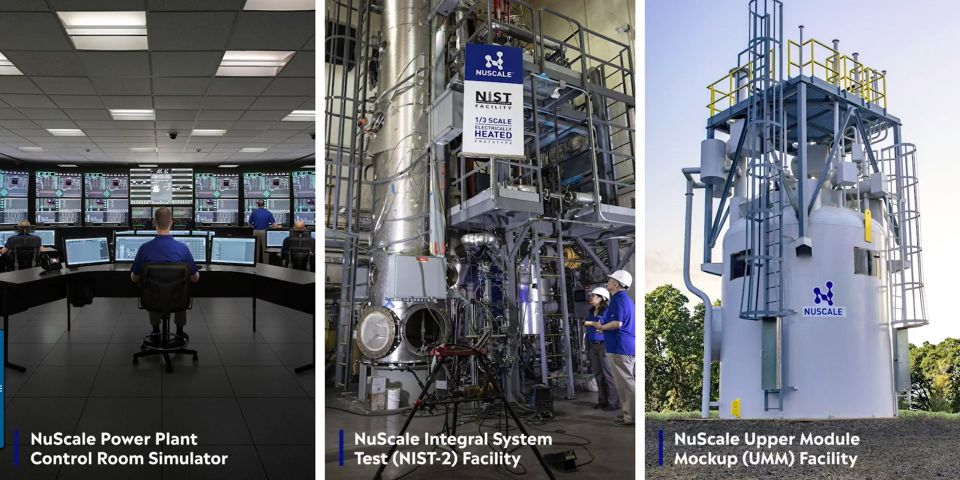
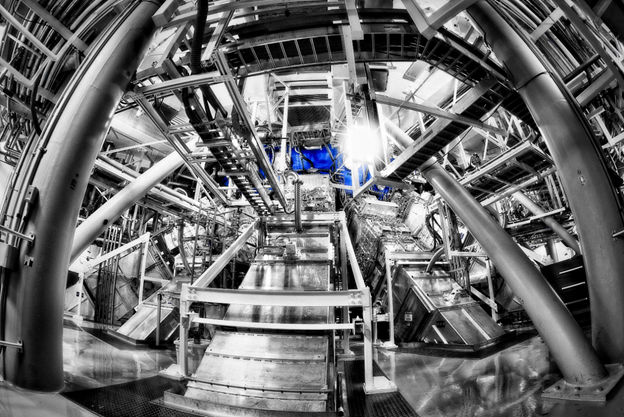

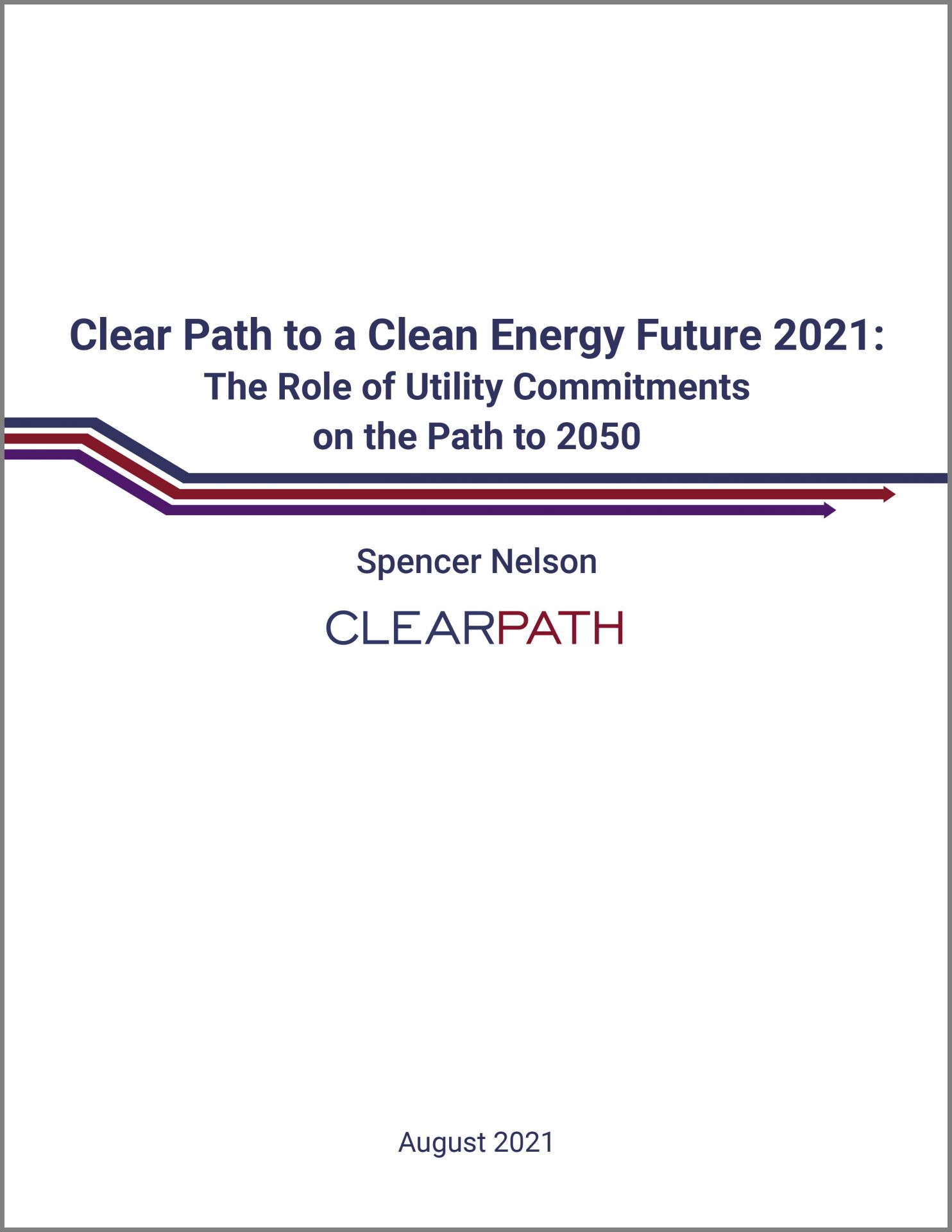 Carbon emission reductions from the power sector are likely to flatline after 2025 unless clean energy innovations and net-zero commitments from utilities pick up steam, concludes a report out this month from ClearPath, a conservative, Washington, D.C.–based clean energy nonprofit organization.
Carbon emission reductions from the power sector are likely to flatline after 2025 unless clean energy innovations and net-zero commitments from utilities pick up steam, concludes a report out this month from ClearPath, a conservative, Washington, D.C.–based clean energy nonprofit organization.
